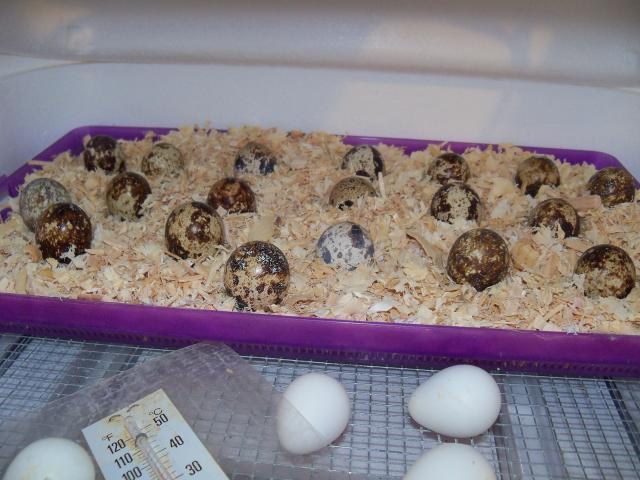I have Coturnix eggs in the incubator, due to hatch Tomorrow or Tuesday. The last time I hatched eggs, a few fully developed chicks died in the eggs. Is there any way to prevent this? Is it the temperature? Humidity?
Last edited:
Follow along with the video below to see how to install our site as a web app on your home screen.
Note: This feature may not be available in some browsers.


